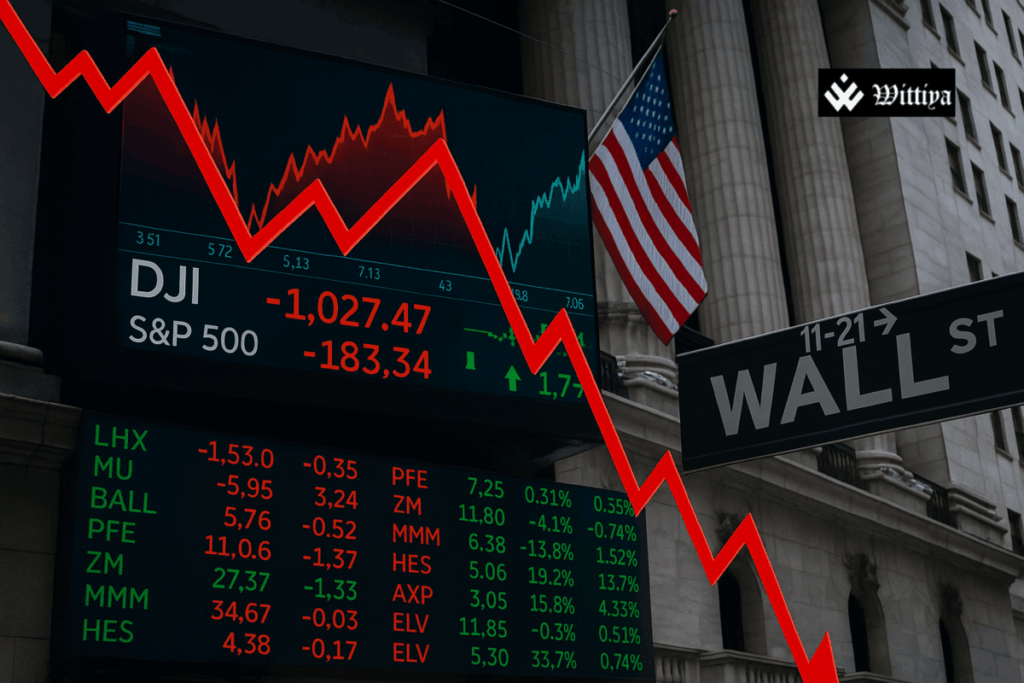Wall Street experienced a turbulent ride in April and May 2025, triggered by U.S. President Trump’s sudden tariff announcements. The market saw a dramatic crash followed by a sharp recovery, highlighting investor anxiety over trade policy and mixed economic signals.
In a dramatic twist of financial volatility, the U.S. stock market endured a rollercoaster of panic and rebound triggered by President Donald Trump’s aggressive trade policy. The announcement on April 2, 2025, branded informally by traders as “Liberation Day,” sent shockwaves through Wall Street after Trump introduced unexpectedly steep tariffs on nearly all U.S. trading partners.
Major indexes responded violently. The S&P 500 plunged nearly 12%, while the Dow Jones Industrial Average lost 4,600 points in just four days. The sudden policy shift prompted fears of a recession, as investors struggled to digest the impact on global supply chains and American businesses.
A pivotal shift occurred on April 9, when Trump declared a “90-day pause” on most tariffs, excluding those directed at China. That move sparked one of the largest single-day rallies in stock market history, with the S&P 500 jumping 9.5%. However, controversy followed when Trump posted on Truth Social earlier that morning, calling it a “great time to buy” — raising questions about the timing and influence on the market.
Despite this volatility, the economic data in April remained strong. According to the U.S. Bureau of Labor Statistics, 177,000 jobs were added that month, signaling resilience. Meanwhile, the Federal Reserve, which had already cut interest rates three times in late 2024, opted to hold rates steady.
Investor confidence, however, remained split. Although nearly 75% of S&P 500 companies, including tech majors like Microsoft and Meta, beat earnings expectations with an average earnings growth of nearly 13%, corporate leaders voiced cautious optimism. Airlines like United Airlines issued dual forecasts, citing uncertainty around future tariffs as a major variable.
Bond markets and the U.S. dollar were not immune. Following “Liberation Day,” Treasury prices dipped, and the dollar weakened — a sign of broader investor unease. Trump later acknowledged that bond market jitters partly motivated the delay in his tariff rollout.
As the 90-day pause nears its end, the fate of Wall Street once again hangs in the balance. Without concrete trade agreements in place, volatility could resurface rapidly, keeping investors on edge throughout the summer of 2025.
